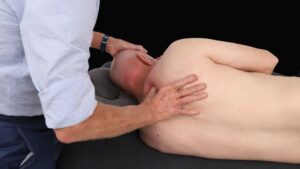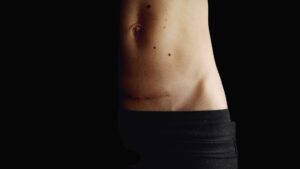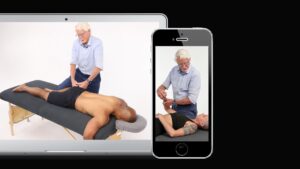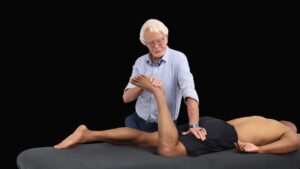Bodyworkers know that chronic musculoskeletal pain often follows a pattern. First, an injury causes pain. Clients fear that any movement will aggravate the pain or cause more damage to the area, so they alter their movement patterns and reduce their activity levels. At some point, the injury heals, but for many clients, the pain pattern becomes ingrained, and disability persists.
Some clients fall into sedentary lifestyles where a lack of movement further exacerbates their physical condition. Other clients attempt to return to chores, work, exercise routines, and activities they once enjoyed, but encounter challenges.
One challenge arises when feelings of anger, grief, and anxiety about the condition increases sensations of pain. Additionally, people living with chronic pain are prone to central sensitization, a broad term referring to nervous system hyperexcitability. Clients might experience hyperalgesia (increased sensitivity to pain) and allodynia (the perception of pain from exposure to non-painful stimuli). Central sensitization may result in defensive muscle spasms, muscle imbalances, and ongoing compensatory issues. Finally, living with ongoing pain is exhausting, leading to decreased energy levels that make physical activity daunting.
In Myoskeletal Alignment Technique (MAT), therapists use graded exposure (GE) stretches to improve flexibility and help clients engage with painful movement barriers. GE stretching reduces the anxiety associated with a particular movement pattern or situation.

Principles of Graded Exposure Stretching
The underlying principle of GE stretching comes from cognitive-behavioral therapy, where gradual contact with anxiety-producing stimuli promotes healing from phobias and anxiety disorders. If a person avoids movement, they inadvertently reinforce their fear. Over time, this avoidance behavior becomes deeply entrenched. GE stretching works by systematically subjecting the person to the feared stimulus in a controlled manner, helping them break the cycle of avoidance and fear reinforcement.
Procedure
To perform a GE stretch, the therapist moves the client’s body to the first mild pain barrier and instructs the client to contact their muscles against the therapist’s resistance for a count of five and then relax. Next, the therapist moves the client’s body to the next mild pain barrier and repeats the sequence. The therapist might repeat the stretch multiple times until the client becomes comfortable with the movement.
Movement Enhancers
GE stretching also employs “movement enhancers” with appropriate stretches. The therapist starts in a position that targets the desired muscle group or joint and then instructs the client to introduce additional dynamic movements. For example, the therapist might ask the client to tilt their pelvis, twist the torso, or move other body areas that aren’t the primary focus of the stretch. Exploring different movements and angles of movement produces a comprehensive stretch. Similarly, activating opposing muscles through movement can help relax and lengthen the targeted muscles through reciprocal inhibition. Dynamic movements further stimulate proprioceptors, potentially leading to deeper relaxation and lengthening of the target muscles. Most importantly, movement enhancers give clients a sense of control and introduce novel stimuli that hold the brain’s attention. The feeling of control and curiosity helps down-regulate nervous system hyperactivity, thereby releasing regions of dysfunction from protective muscle guarding.
Example Techniques
Let’s try these two GE techniques for the lower body as an introduction to this methodology. In the video that accompanies this article, watch for movement enhancers such as asking the client to bridge while holding their knees.
As with all MAT techniques, it’s crucial to understand the client’s health picture and when particular methods might aggravate a client’s condition. If you don’t perform procedures correctly, there’s a potential of overstretching and straining clients’ muscles. These techniques should not feel painful, so discontinue any maneuvers that cause increased pain and discomfort.
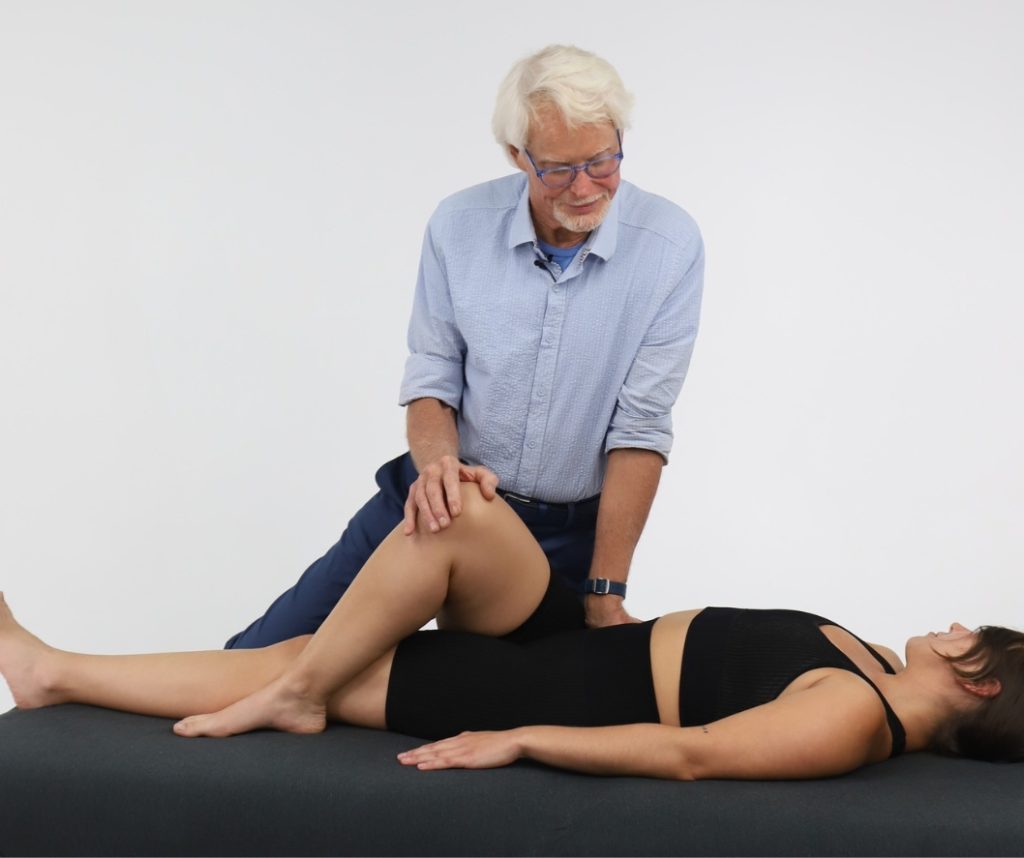
Hip External Rotators Stretch (Above)
In this GE stretch, you place the client’s right foot across their left knee and ensure their toes point towards the end of the therapy table. Control the knee with your right hand while your left braces the client at the right ASIS. Ask the client to gently push their knee into your hand to a count of five and relax. Push the client’s knee towards the table, stretching external rotators until you find their restrictive barrier. Ask the client to push their knee against your resistance to a count of five and relax. Repeat this procedure five times on both sides of the body.
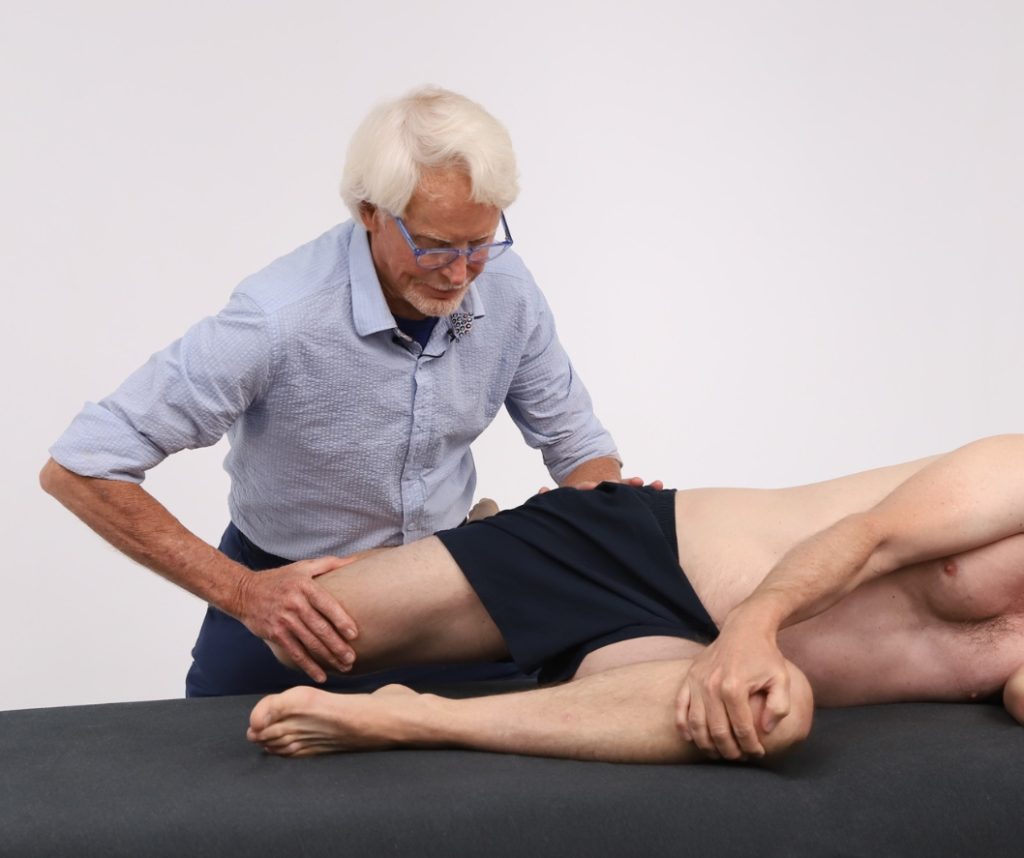
Quads Stretch (Above)
Avoid this technique on clients with hip or knee replacements. With the client on their left side, ask them to grasp their left knee with both hands and pull their leg into flexion. Your right hand grasps above the client’s knee and your left braces the client’s hip (as shown). Flex the client’s knee and place your body against the client’s tibia. Bring the client’s knee into flexion and hip into extension to the first restrictive barrier. Ask the client to gently push their leg against your body to a count of five and relax. Bring the knee and hip to the next flexion and extension barrier and repeat this process three to five times on both sides of the body.
In Closing
Master Myoskeletal Therapists use GE stretches to improve flexibility and help clients engage with painful movement barriers. Graded exposure stretching reduces the anxiety associated with a particular movement pattern, aiding clients living with chronic pain.
On sale this week only!
Save 25% off the Art of MAT course!
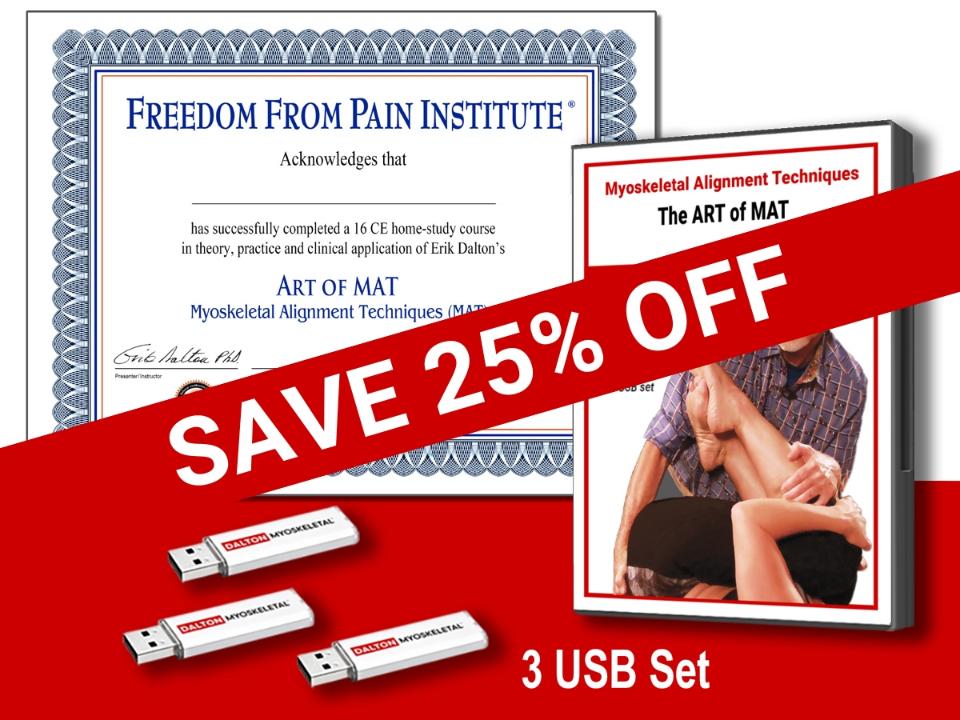
NEW! Enhanced video USB format
Take an inside look at Myoskeletal Alignment Techniques in action. Follow along with Erik Dalton as he uses MAT techniques to treat real people with real problems. Click the button below for more information and to purchase the course for CE hours and a certificate of completion to display in your office. BONUS: When you purchase the home study course, receive the eCourse for free!
Save 25% this week only. Offer expires December 8th!



